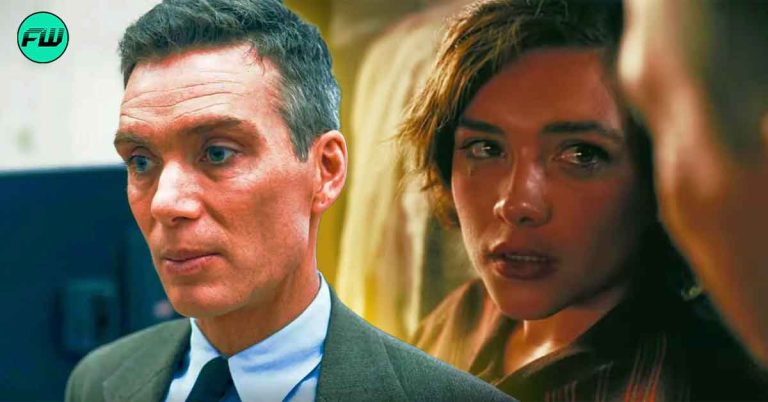Zack Snyder has time and again proven his borderline ingenious brilliance with his irrefutable collection of projects, spanning from 300 to Justice League Snyder’s Cut. With each of these masterpieces, he not only established the urgency with which his art needs to be recognized and preserved but also the craft over which Snyder holds such an incredible command.
His films then deserve to be acknowledged and marveled at for the feat accomplished because of the ambitious scale at which each of them were so shamelessly and successfully executed. Sndyer’s ingenuity also deserves to be divorced from the tragedy that separated his grandiose dream from the reality of it being executed at Warner Bros. The third film in his DCEU collection may well go down in history as the biggest scandal that rocked the industry awake into a fervor and the fans into a frenzy.

Zack Snyder’s Justice League Should Be Viewed in 4:3 Ratio
The filming of Zack Snyder‘s third DCEU film holds a magnitude of importance that a rare few can perceive to understand or study. Never in the history of CBM canon did a filmmaker attempt to divulge such rude intensity among its golden class of superheroes nor did any actor attempt to exert such realistically raw emotions in their portrayal of men and women who were made to be untouchably perfect, god-like, and untethered to the flawed aspects of humanity.

In his grand reimagining of the world of DC, Zack Snyder made his cinematic universe’s gods and men to be taken up with the vindictive vengeance that usually only serves as a catalyst to villains and monsters. As such, the witnessing of this cinematic piece which served as not just a movie but a phenomenon was meant to be executed in 4:3 aspect ratio – one that is suited for a magnum opus and the immersive experience that an IMAX screen provides in the theatres to moviegoers.
Zack Snyder Comments On His Filming Process For ZSJL
For most filmmakers, the process behind the lens includes capturing a frame of reference interspersed with characters, background, light, and movement which later gets exposed to massive editing and cuts that reduce the frames drastically to suit the theatrical release modules. However, the IMAX screen is made especially to include the entirety of the vision that a director sees and holds within his lens – ensuring that the whole of what was intended for the reels plays out on the silver screen for the audience.
During his Full Circle event that witnessed a sensational 3-day marathon of his DCEU films at the AFSP, Snyder himself commented recently on the contentious matter of the IMAX ratio claiming, “I only wish people could see it in this aspect ratio in this theatre so they could understand.”

Several years earlier, in a hilarious sequence, to explain exactly how much the 4:3 aspect ratio is essential to his vision for Justice League, Snyder sketches a frame with Batman at the forefront and the Bat-signal being lit up in the background but while 4:3 captures the Bat-signal high up in the skies behind the Dark Knight, the cropped frame for the theatres cuts off half the sky to only show Batman standing solo with no contextual reference to explain his sudden appearance. The end result becomes a sly and comically perfect masterclass on explaining why Zack Snyder is as good a director as he is an ambitious dreamer.
Zack Snyder’s Justice League is available for streaming on Max.
Source: Zack Snyder











